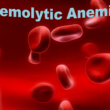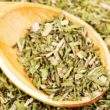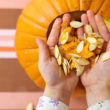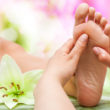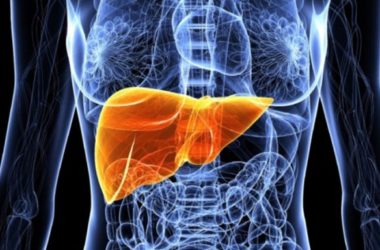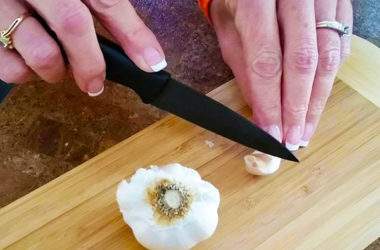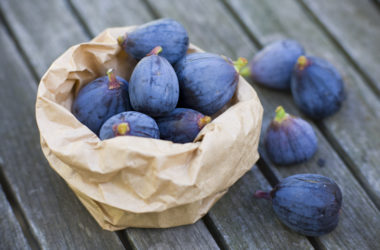Hay fever, more popularly known as allergic rhinitis, is a condition that has similar symptoms to that of common colds. Runny nose, nasal congestion, itchy eyes, sneezing and sinus pressure—these are all signs of both hay fever and common colds.
Cause
The difference between the two is what’s causing it. Colds are caused by virus while hay fever is the body’s response to allergens found both indoors and outdoors. Some examples of these allergens are dust, pollen and pet dander.
Prevention
Since hay fever is usually caused by particulates in the air, preventing it can be most effective if it was cut from the source. This is why pinpointing allergens that caused it is the first step towards avoiding hay fever. Many are already aware what causes their allergic rhinitis but for those who still haven’t figured it out, you can try seeking a physician’s help to determine them.
You should also consider monitoring potential allergens not just at home but in your entire community. This would help you determine what sorts of allergens are common in your locality.
After that, make sure to avoid going out during days when there allergen levels are particularly high. This may be during windy days when pollen and dust is prevalent. If you have to go out, make sure to take a bath to remove all allergens that stuck to your clothing and hair. You should never forget to bathe particularly during nighttime to avoid getting hay fever attacks in the wee hours.
The same concept applies to allergens that are man-made such as smoke, chemical sprays, fresh paint and household chemicals. The key to preventing allergic rhinitis is to avoid getting close contact with what causes it. You can do that or these natural preventive measures:
- Apply the Positive Association Technique (PAT). This is a non-invasive process that provides the venue to determine how sensitive the body is to certain irritants. After the body reacts to allergens, muscles that react to them (i.e. sneezing) are stimulated to create a positive conditioning effect.
- Take Vitamin C and/or probiotic. Doing this would help boost the immune system’s regulating capabilities to the secreted chemical called histamine which is produced during allergic reactions like swelling, itching and redness.
- Drink lots of water. Consuming at least 2 liters would suffice to help move fluid in the sinuses and relieve congestion.
- Exercise or stay active. Physical activities of at least 20 minutes per day can help stimulate lymphatic draining of the sinuses which is usually the case when allergic rhinitis occurs.
- Eat a well-balanced diet. Both your mother and your physician may have already told you this, but we still need to say this—eat plenty of foods that are high in nutrients. Having fruits and vegetables in your regular everyday meals is a MUST in order to maintain balance in your body. You may also replace unhealthy protein sources with whole grains, nuts, eggs and seeds which can provide the necessary amount of nutrient in your body.
- Avoid eating too much food that has high levels of sugar. According to HWAustralia.com, these foods have a tendency to promote excess production of sinus mucous and cause congestion.
Natural Treatment
- Honey is known to be effective in curing hay fever since it can desensitize the body of pollens and other allergens.
- Vitamin C is both a preventive and curative agent for people with hay fever. This is because Vitamin C found in citrus fruits like lemons, oranges, and grapefruit is a natural antihistamine and contains high levels of bioflavonoids that have strong anti-allergy benefits.
- Hot peppers like reds and chillis contain capsaicin that clears the nasal passages and aid in lessening congestion brought about by hay fever.
- Eating food high in carotenoids like carrots, pumpkins, spinach and sweet potato can help reduce inflammation of the airways because of its powerful antioxidant content.





